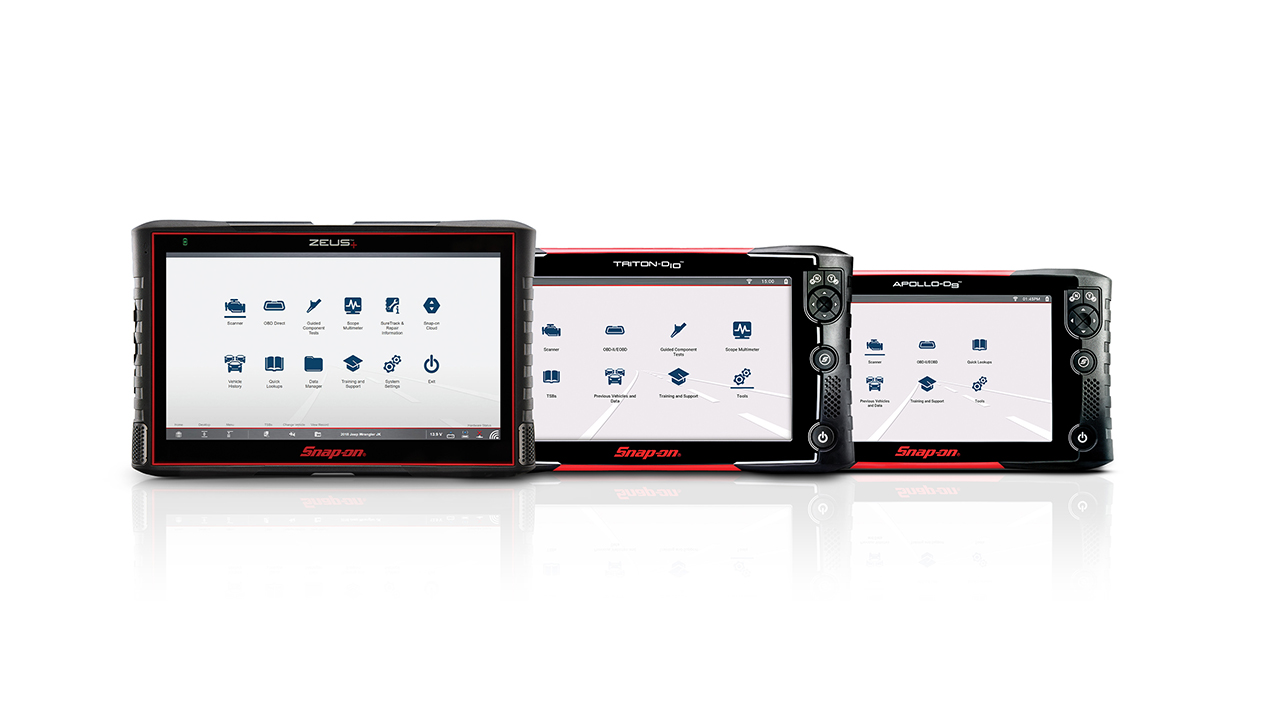By David Barleen, president of Motor Guard
With today’s high cost of labor and replacement sheet metal, demands for efficient, cost-effective restoration of damaged panels is at an all-time high. Previous methods of repair involved drilling through the steel to make an attachment, then using brute force to pull out dents. Once a dent is removed this way, welding the holes closed was often labor intensive and could cause the panel to warp. Additionally, covering an open hole with body filler often violated the car manufacturer’s rust-through warranties. A newer method of sheet metal repair is now available. There are stud welders and dent puller kits on the market that perform the same job as the old-style dent pullers, but without the need to drill holes into the panel.
Collision experts are just like automotive repair technicians. They like to know what is new on your truck! You don’t need to be an expert at autobody repair to sell to this specialty market, but you do need to understand what tools they need to do their job more effectively, efficiently, and for a better return on their investment. One tool you should have on your truck is a stud welder-type of dent puller kit. It offers your customers a different approach to an old collision concern.
A stud welder dent puller kit incorporates a low heat transformer specially designed for the high-strength uni-body vehicles. With plenty of power to attach studs, rivets or shrink imperfections, these welders virtually eliminate “burn through,” a common problem associated with other models. Proper electrical connection is essential to achieving proper heat for a good weld. Be sure your customer understands they have to attach the welder to an electrical outlet that can supply proper current. If the use of an extension cord is necessary, it is imperative that it be at least a 14-gauge, three-conductor wire. Use of an inferior cord will cause a “cold weld” and possible safety problem.
How to Use:
When preparing to use a stud welder dent puller, insert the appropriate electrode tip and tap firmly to ensure proper contact. When changing the tip, use pliers or a wrench to remove it as it may be very hot. Grind the metal to a clean condition to ensure proper connection. Grind the surface to a clean, bright finish without over grinding and damaging the integrity of the steel. Insert the pin or rivet in the tip and press firmly against the steel until the outer ring of the stud welder touches the steel. Depress the trigger for a half second to one second, depending on the metal thickness. Do not remove the welder from the surface until the trigger is released. A proper weld should discolor the metal approximately 1/4-inch around the stud or rivet.
Once the pin is properly attached to the surface, attach the slide hammer, T puller or clamp to the pin approximately 1/2-inch away from the surface. Apply constant pulling pressure to the pin while tapping the steel with an appropriate body hammer. If additional force is needed to remove a more severe dent, gently use the slide on the slide hammer. Some of these kits include additional tools to assist in pulling dents and long creases. (Refer to the actual users’ manuals for more specific information.) Use heavy wire cutters to remove the stud from the surface. Place the blades of the cutter between the surface and the head of the pin. Grip firmly and twist the cutters back and forth. This removes the head of the pin from the surface, leaving a cleaner surface requiring less sanding or grinding, and retaining the integrity of the steel surface.
Stud welder dent pullers generally include a shrinking attachment on the gun. This allows the technician to accurately restore the surface of the body panel. An “oilcan” or low spot on the surface can be removed by applying heat with the shrinking tip. Depress the trigger for a half second at multiple points around the perimeter of the imperfection. Next, apply a cold compress to shrink the steel back to its original condition. To remove a “high spot” on the surface, place the tip directly on the top of the spot and heat for a half second. If heat does not totally remove the high spot, hammer it gently while it’s still warm.
Stud welder dent pullers are versatile. They offer the ability to weld studs or rivets as well as shrink imperfections. They are often a lightweight alternative to standard dent pullers, yet they are tough enough to withstand the harsh environment of the collision repair facility.
They are manufactured by and available from various sources. Ask your product manager about them today. Then start calling on a few new body shops each month to increase your new business contacts and continue to grow your business in 2009.
David Barleen, president of Motor Guard Corp., has been an automotive enthusiast most of his life, taking every shop class available. He has repaired every car he has ever owned, including his current vehicle. He has been a principle and CEO of Motor Guard for more than 20 years.

